Autumn, when verdant trees shift to fiery yellows and burning reds, and here, where seas of cosmos flowers spring into the landscape
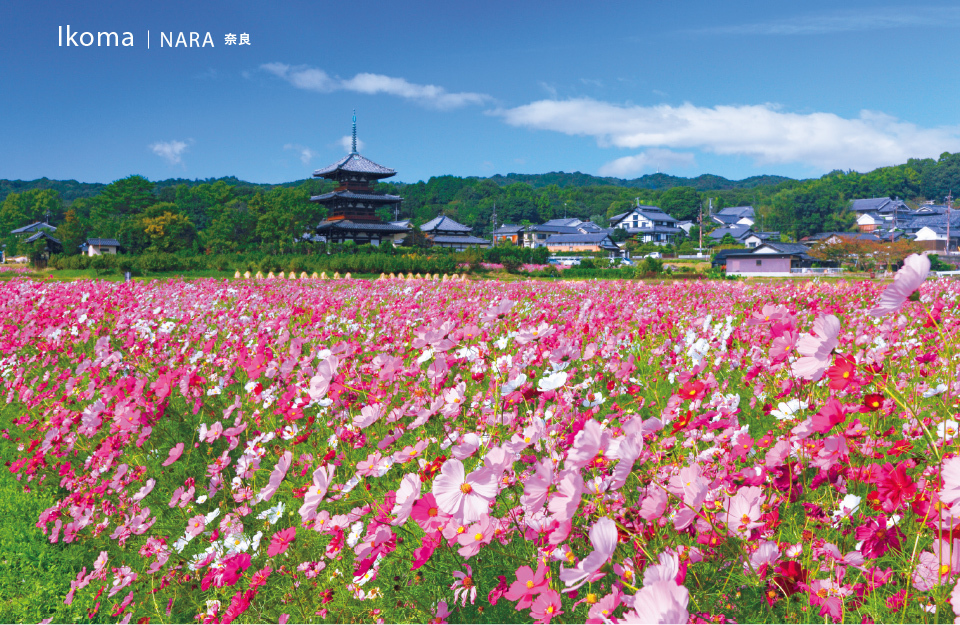
The temple garnished with rich cosmos flowers
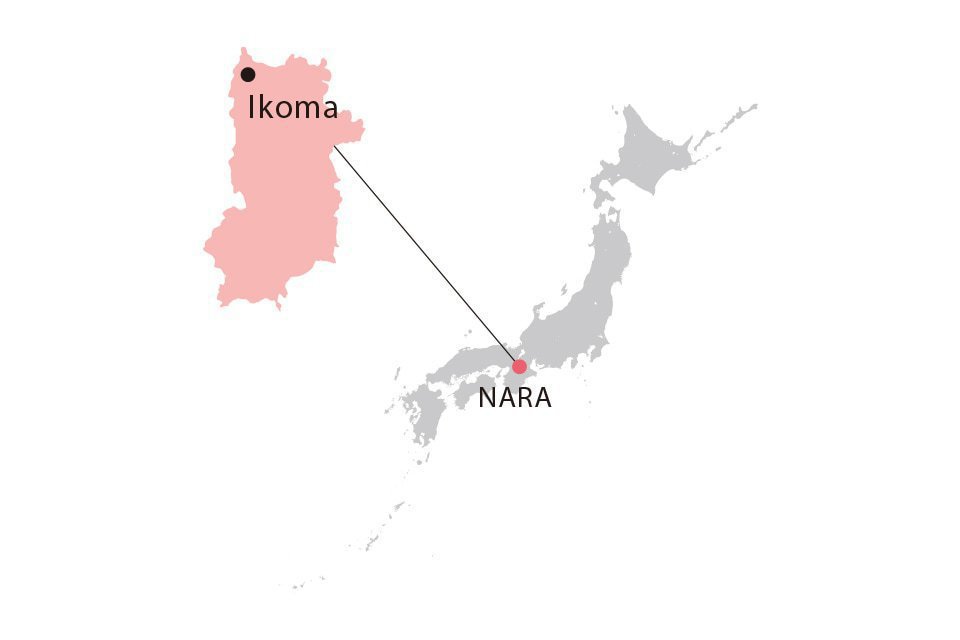
https://www.visitnara.jp/venues/A00508/
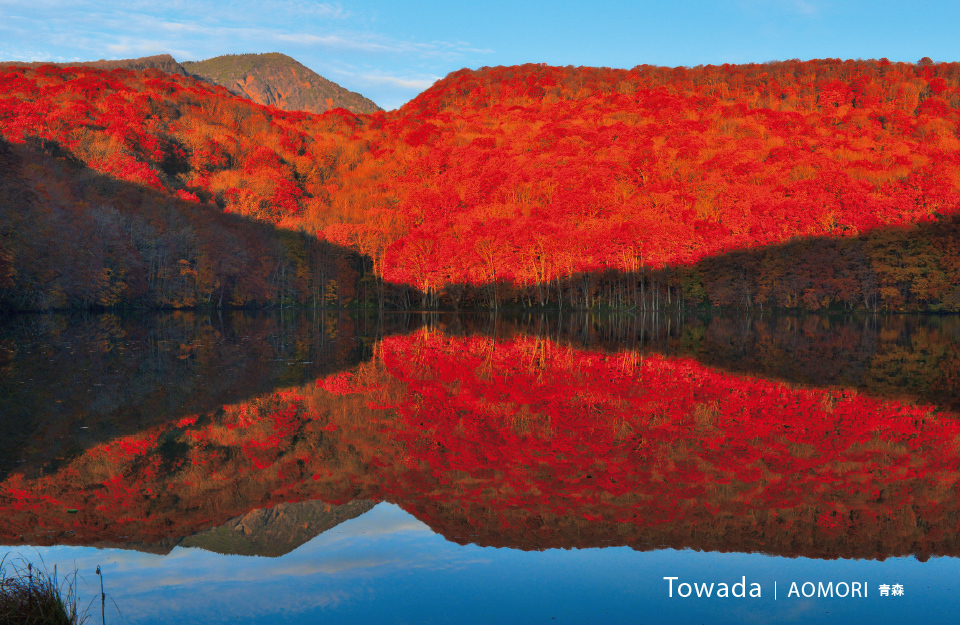
Speckles of vermilion and rust as far as the eye can see
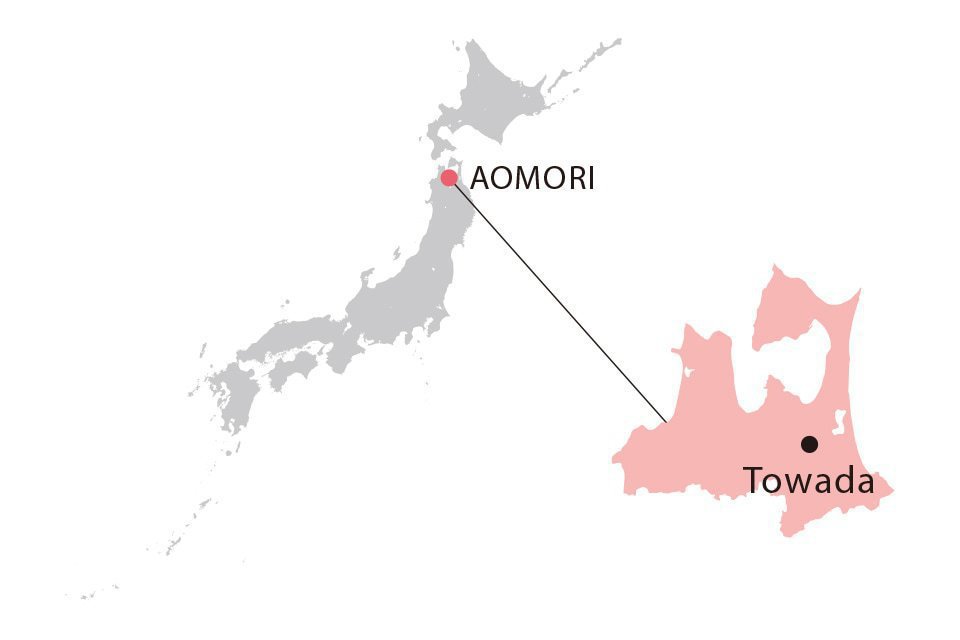
Japan’s wide variety of hardwoods provide a rich array of colors in autumn. The word in Japanese is kiseki no kouyou (miraculous autumn leaves)—a replete experience at Tsuta Numa Lake. Tsuta Numa is located in Towada Hachimantai National Park, and many tourists visit its majestic sights and hot springs, which are nurtured by volcanic activity. The autumn colors of Tsuta Numa hold a beauty of their own during the day, but the moment after sunrise awakens the real miracle of the colors. In the morning, the ocean of rich reds reflect against the lake’s surface, seemingly transcending time and space.
https://www.en-aomori.com/scenery-004.html
from JAPAN LIBRARY
『The Building of Horyu-ji The Technique and Wood that Made It Possible』
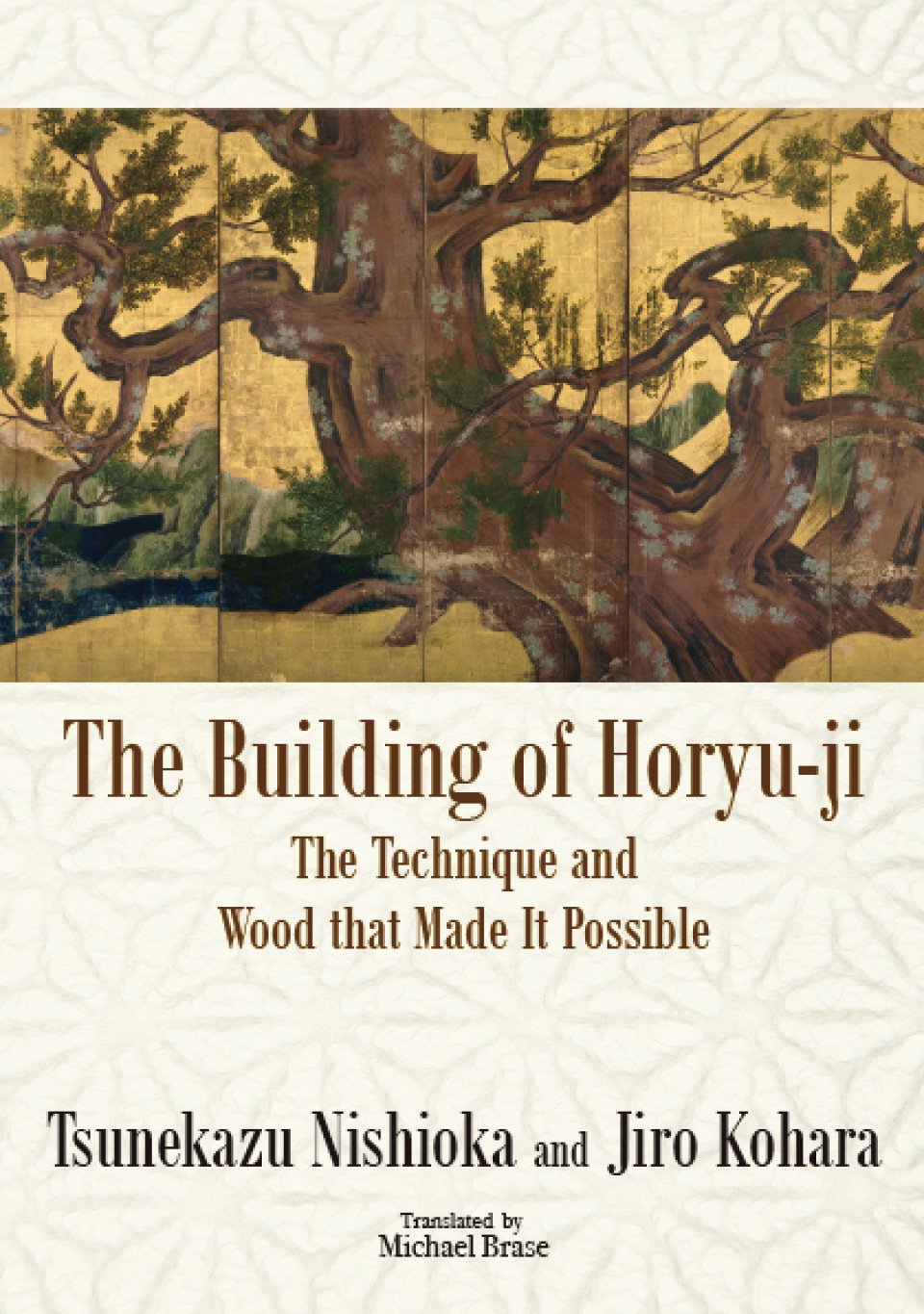
Horyu-ji and Hokki-ji are located in Ikoma and are recognized as the oldest wooden structures in the world, and are registered as a UNESCO World Cultural Heritage Site under the Buddhist Monuments in the Horyu-ji Area.
This book focuses on Horyu-ji and the essence of Japanese wood culture, demystifying Buddhist wooden architecture that has not survived in China or Korea.
http://www.jpic.or.jp/japanlibrary/en/books/001720.html





























